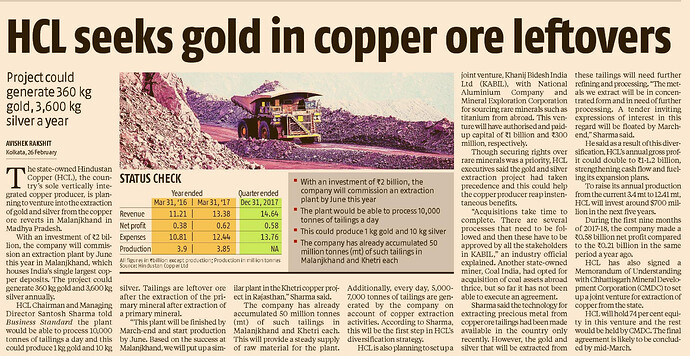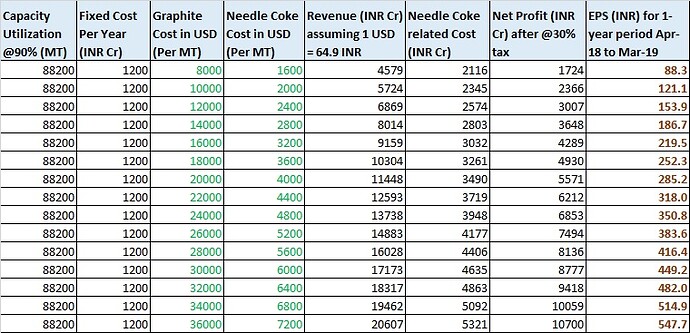Hi @VP_amit, I have been an investor in both Graphite and HEG in the past and even rotated my allocations between these two at times. I believe that, if Graphite story continues to be great, both these companies should do extremely well. However, currently I am invested only in Graphite India for the following reasons:
Historically, Graphite India used to have healthier balance sheets and also come up with better and more consistent results. That way, I have always been more comfortable in investing in Graphite India.
HEG had given much higher returns over the past one year, as compared to graphite India. However, the above happened for some valid reasons. It had a lot of valuation gap with Graphite India which it had to catch up with. Sudden unexpected huge surge in the Graphite electrode prices helped it to almost completely pay off its high debt over the past year, thereby saving a lot on interest costs over the past couple of quarters, which increased its profitability significantly. HEG also had some advantages over Graphite India in terms of reduced operation costs (power, employees etc.), hence their operational margins have been higher over the past year.
However, I believe that, HEG has already caught up with Graphite India on the valuation front and possibly has become even more expensive now, if you take the balance sheet strength and past performance aspects of Graphite India also into consideration. Also, I think that, going forward, the operating margin difference between these two companies will get narrowed down a lot.
If you refer to the earnings estimate table which I had attached with my earlier post, I have assumed a fixed cost of USD 1,200 for Graphite india for FY19. For HEG also, the fixed cost may be more or less comparable (in proportion with its capacity), as it will no longer be able to save anything on interest costs from now onwards (already paid off the debt) and savings on other costs like power and employee would be very small compared to the overall revenue from now onwards. For instance, even if we assume the average Graphite electrode price to be as less as USD 8,000 per MT in FY19, the revenue would be INR 4,579. On that sort of revenue figure, the impact of an operational advantage of INR 50-100 crores due to power/employee costs will not be that significant.
The profitability of these two companies would really depend on what prices they could get into contracts with the customers for the electrodes and how much they could sell on the spot market and for what price. Also, the needle coke price would be the other variable, as I mentioned in my earlier post.


